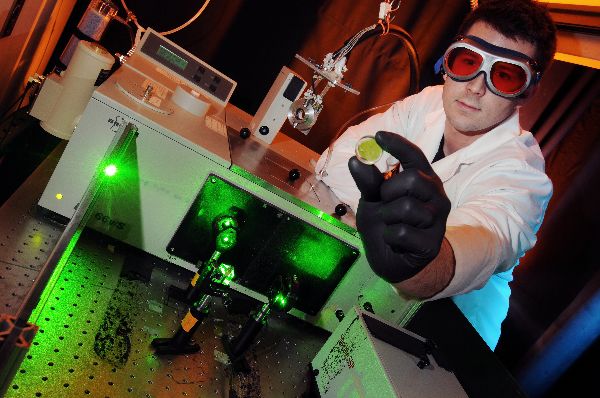For long, nature has inspired us to develop techniques to suit our requirements. Flawlessly engineered, the methods of nature can be difficult to imitate even with the latest technology. For instance, conventional electrolysis allows us to split oxygen and hydrogen from water. However, the process requires large amounts of electricity. Plants, on the other hand, can achieve this rather well using a catalytic reaction powered by sunlight. The process is essential to our survival as it’s the main source of oxygen. Now, scientists are attempting to study this complex cycle using ammonia.

The research is important as if artificial systems could imitate this natural process, they could perhaps generate abundant supplies of oxygen and maybe even hydrogen as a byproduct. A paper published on April 2nd last stated that the scientists at Georgia Institute of Technology experimented with the notion that networks of hydrogen-bonded water molecules play a catalytic part in the oxygen-producing process. The researchers substituted ammonia to show that the network of molecules have an important role to play in the plants’ process of producing oxygen.
It was found that when ammonia was substituted for oxygen, the network of hydrogen-bonded molecules was disrupted. When trehalose, a simple sugar, was added the network was reestablished. The scientists found that maintaining the strength of the network could be essential for the production of oxygen using artificial systems.
It’s hoped that the experiment carried out will lead to better techniques to produce both hydrogen and oxygen using sunlight. In addition, the use of trehalose to stabilize the network of molecules may prove to be significant.
The researchers aren’t stopping here, however; they intend to further study the water oxidizing cycle so that the process can hopefully be artificially imitated in the future. If such an endeavor is possible then perhaps the problem of how to produce oxygen and energy can be better addressed.
Via: Gatech




